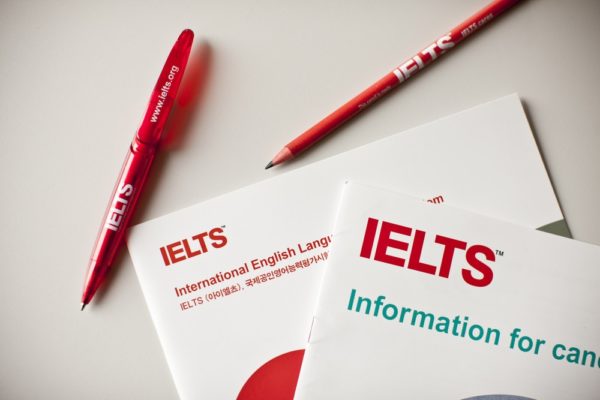Contact Us
How To Study For IELTS Writing Task 1
Tags: basics of ielts writing task 1, guide to write the ielts writing task 1, how to study for IELTS writing task 1, how to write ielts writing task 1, IELTS exam cracking guide, ielts writing task 1 general, ielts writing task one sample questions, templates for ielts writing task 1How to study for IELTS writing task 1 – The academic IELTS requires to acknowledge the questions trigger in a single hour. IELTS writing task 1 is an unsurprising exercise. As it consists the information about charts or graphs as visual. So, if you overload the basic terms once while taking the task 1, you can reapply it anytime. In this article, we will discuss how to study for IELTS writing task 1. Also, take a look at the illustrative questions, score booster, and some resources.

The clue to approach in IELTS test is giving the examiner exactly what they require. The IELTS writing test 1 is a catalog with some graphs, diagrams, maps, and charts. Further, it requires the summary of 3-4 paragraphs with at least 150 words for each particular process. Candidates are suggested to attempt the task in 20 minutes. This task is tested to watch the ability of the student to respond to the featured information and describe the data.
Table of Contents
Basics of IELTS writing task 1
The assignments that candidates might submit to their supervisor contain the information in the form of a report. The head needs the data in similar facts on which the company database is all about. The candidates will be judged according to their performance in a letter requesting information or explanation about the data. This is to say that candidate is supposed to do the writing task 1with visuals. And all you have to do is summarize what you see in the form of paragraphs.
IELTS writing task 1 is a “task achievement” that candidates must write and perform to score better. This task is the main task above all four and the applicant must score high for a better outcome. This task defines the student how eligible he/she is and how reliable and accurate content can write.
Keep in mind:
Meanwhile, IELTS visual often looks difficult to attempt when you first glance at them. Literally, you are not being judged by the performance to analyze the graphs and charts. So, there is no need to worry about attempting heavy calculations to score well on task 1. This task only measures your English Skills and speed. It aims to report the collective data the candidates observe and represent it. That’s all.
Templates of IELTS writing task 1 questions:
Following is the list of IELTS writing test sample questions tested one by one below. By arranging the sample questions response, it will very helpful for the applicants to study carefully about them in detail. In other words, take a look at the pattern we’ve mentioned below to approach success in exam.
Introduce the visuals
Introducing visuals is a very important task for the pretenders to test their grammar and vocabulary. Basically, what you need to do is explain the perceptible in terms of paragraphs, what the visual (chart, graph, or map) contains.
Summarize the visuals
In this paragraph, you should write the information by selecting the information and reporting the main features. By avoiding the details given in the paragraph will help you to point your answer on important visual contents. In other words, don’t astray the summary you write in numbers and figures but save them for the next section.
Highlight the key features
Now, the main information that you represent in the summary will be handed-down for other portion. This is where you report the data, mention in the last paragraph. You should outline the entire information that you see before. Probably, it is impossible to write when the time reaches. Consequently, you have to make choices instead to report the data directly featured or lead the information from paragraph 2.
Conclude sentences
Concluding sentences are optional but they can be very helpful. Including your struggle of word counting to approach at least 150 minimum. However, it is not much helpful for better scoring.
Conclusion
While searching for the sample question papers for the IELTS writing task 1 can give you data about the summary. And that is good to notice the variety of questions and read them in a number of ways to attempt the test. If you practice to learn and attempt the writing task, you will gain confidence and speed to write the exam on time.




